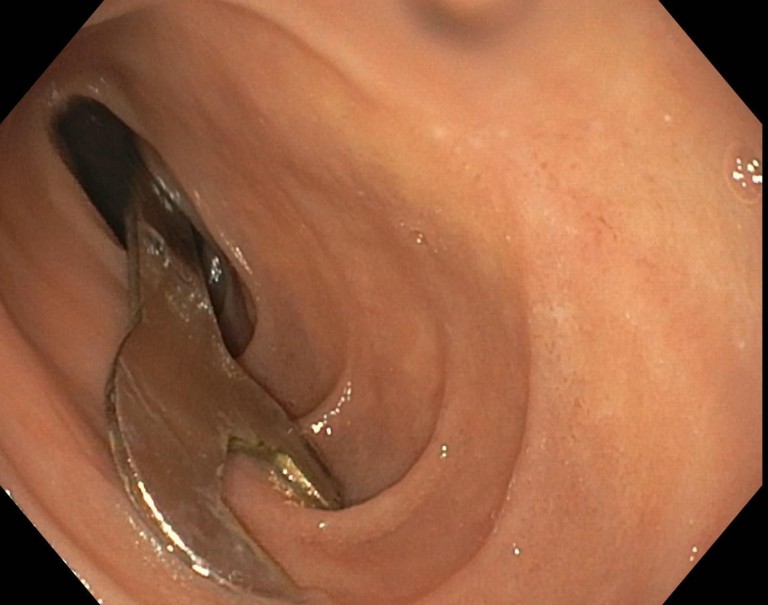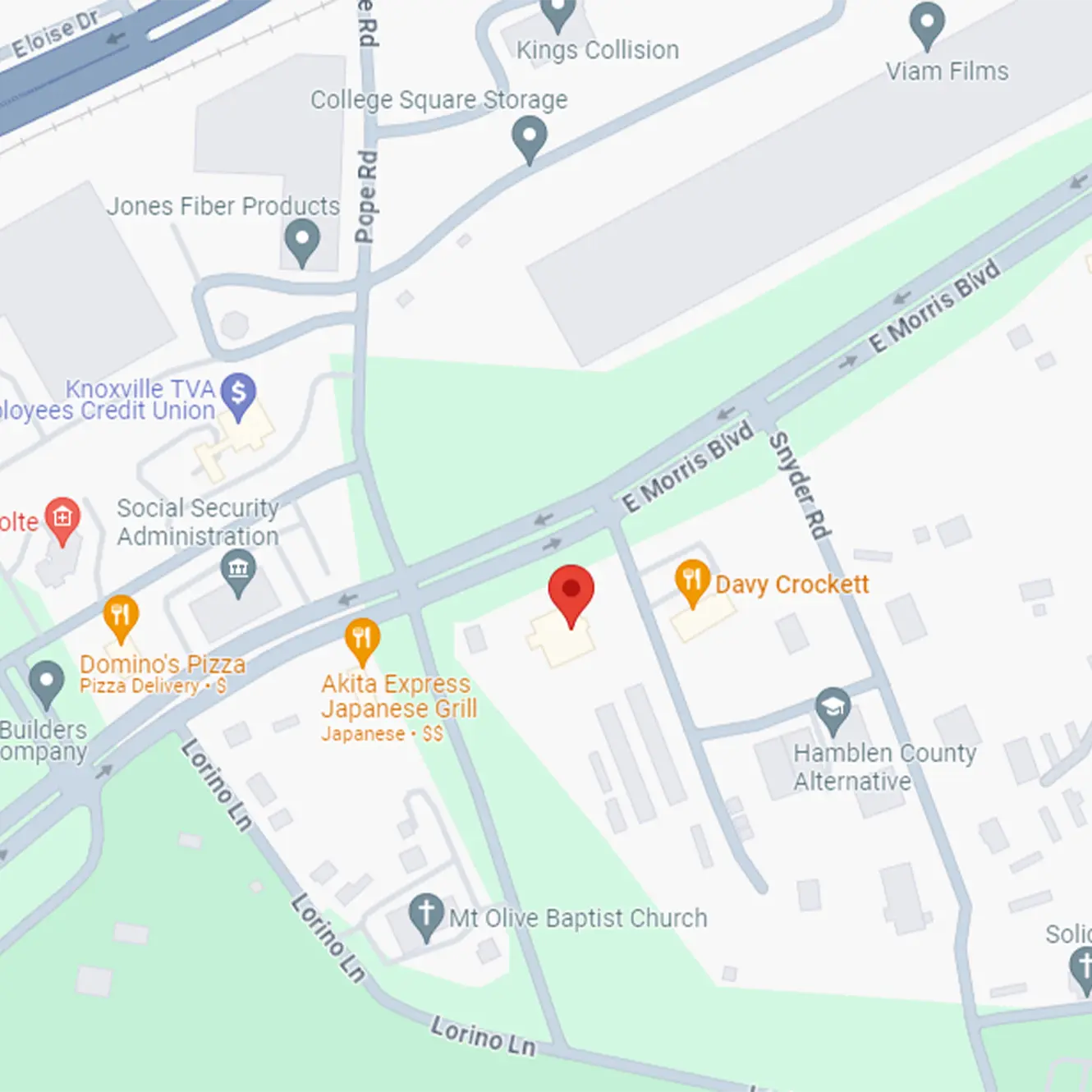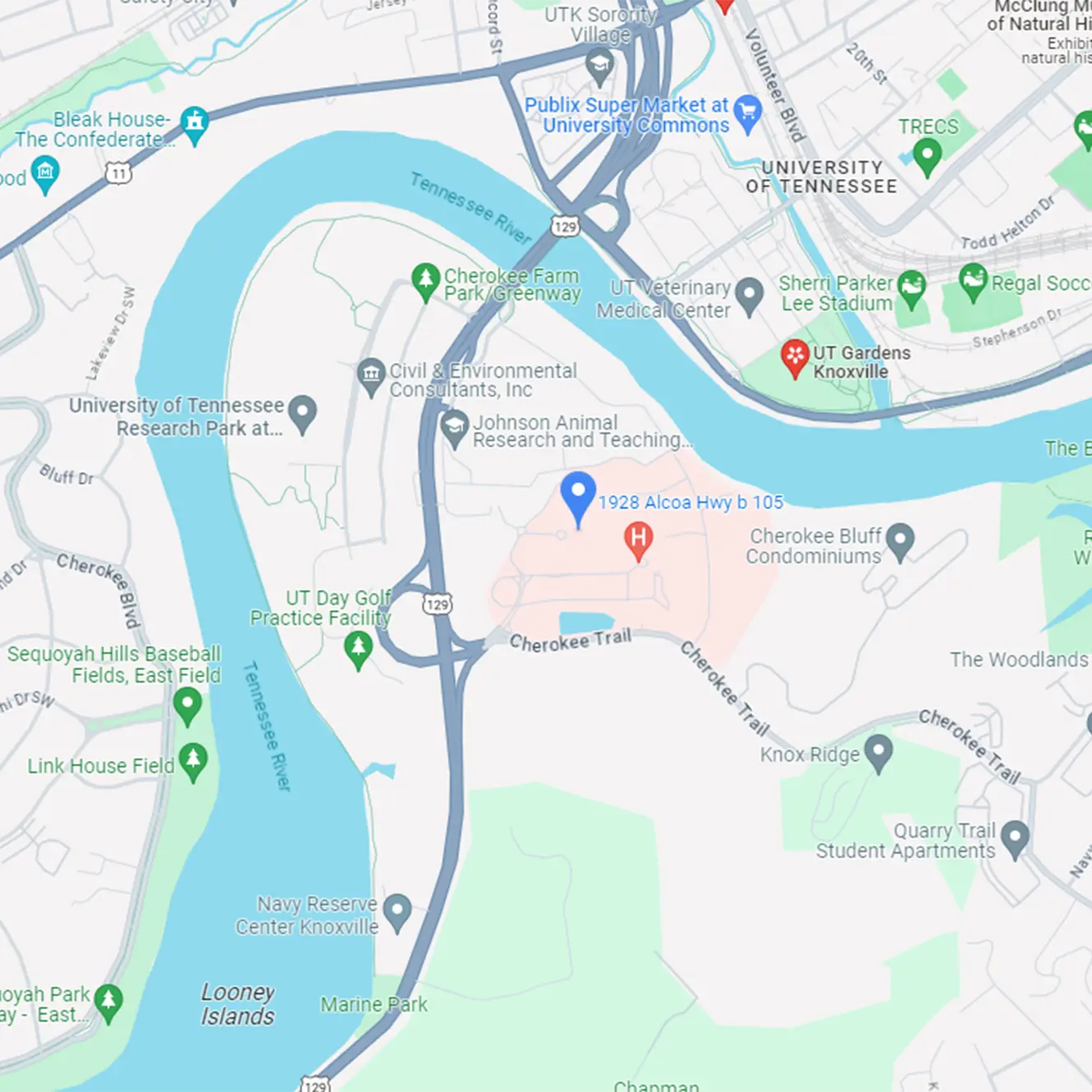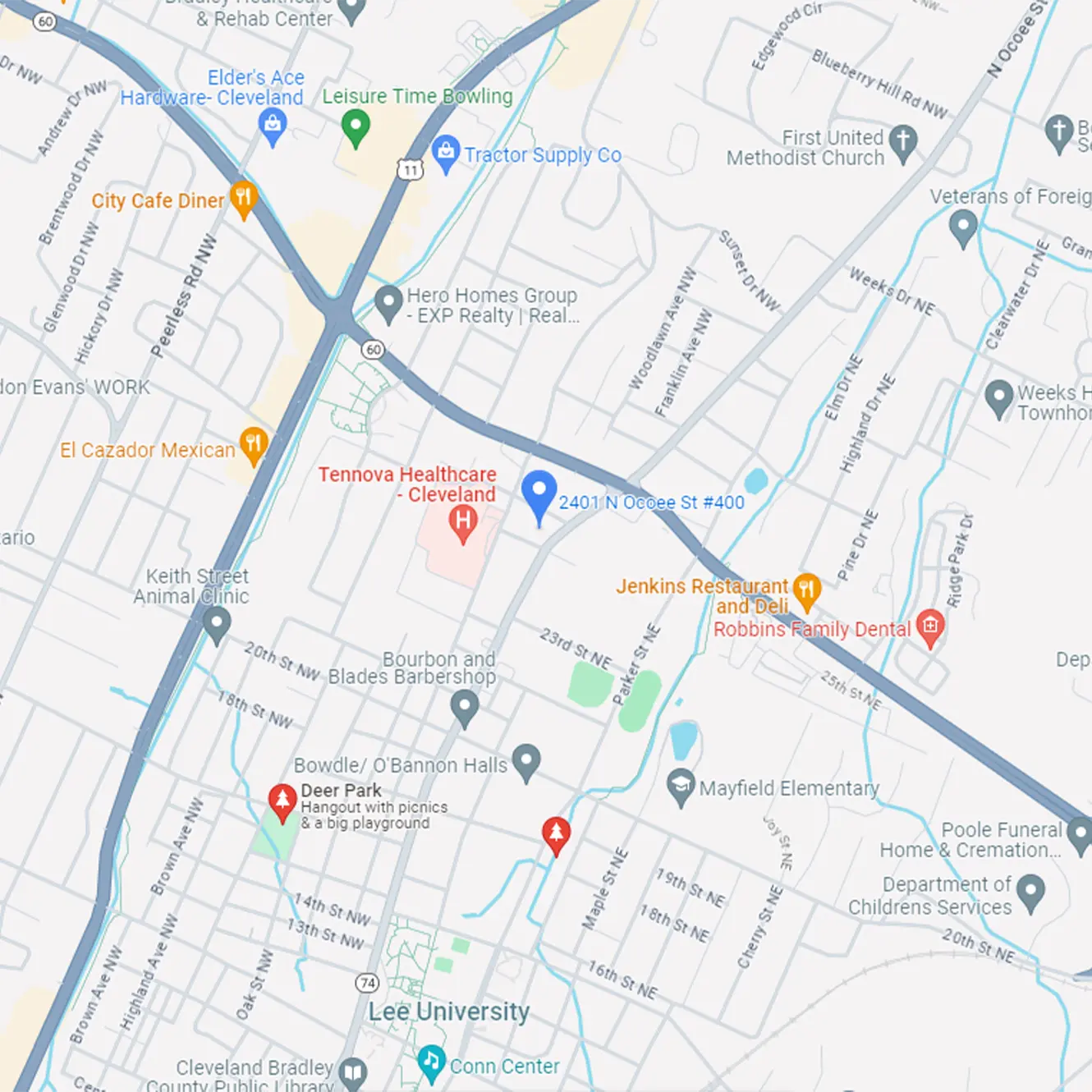What is foreign body ingestion?
Foreign body ingestion is when an object becomes stuck in your throat (esophagus), stomach, or intestines. Most swallowed foreign bodies pass harmlessly through the gastrointestinal (GI) tract. Foreign bodies that damage the GI tract, become lodged, or have associated toxicity, must be identified and removed. Children with preexisting GI conditions are at an increased risk for complications.
Most complications of pediatric foreign body ingestion are from the object getting stuck in the throat. Pointed objects, like thumbtacks, can get stuck anywhere in the throat. Small objects, like button batteries, may also get stuck at any area of the throat. Once it passes into the stomach it may be less of a problem and can be passed in the child’s stool. An important exception is the child who swallows more than one magnet. Reports show that magnets can adhere tightly to each other through the GI tract, leading to small bowel obstruction or necrosis of other tissues, sometimes causing a severe condition. Magnets may also attract other ferrous swallowed foreign bodies, causing similar problems.
How is a foreign body found?
The doctor may use any of the following to find the foreign body:
- X-Ray: chest or abdominal X-ray
- Endoscopy: Tube is passed down thru the throat to find and remove the object.
- CT Scan
- Barium swallow: used less commonly.
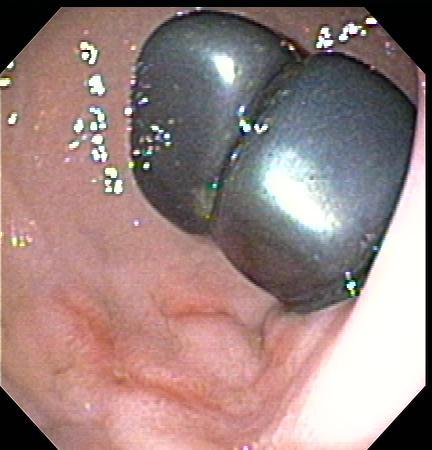
2 attached magnets (foreign bodies) – posterior wall of the antrum in the stomach
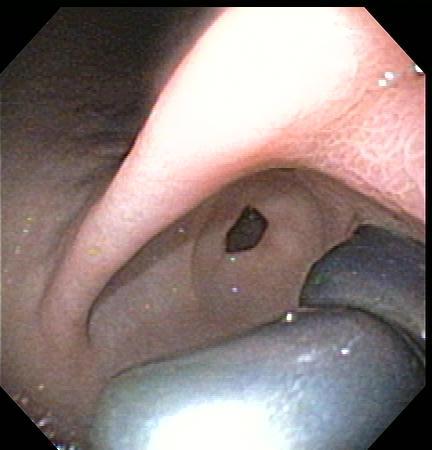
2 attached magnets (foreign bodies) – posterior wall of the antrum in the stomach
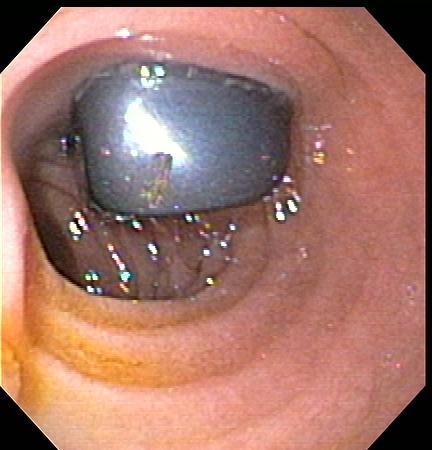
magnet (foreign body) – 2nd portion of the duodenum
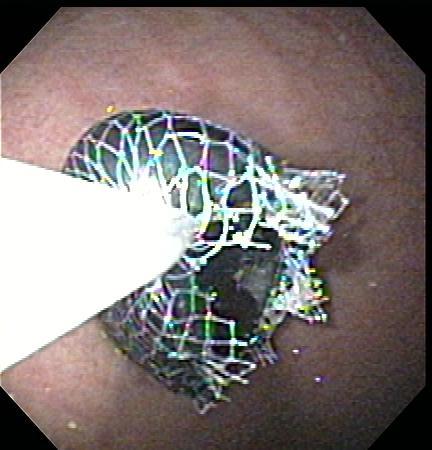
foreign body being removed in the stomach
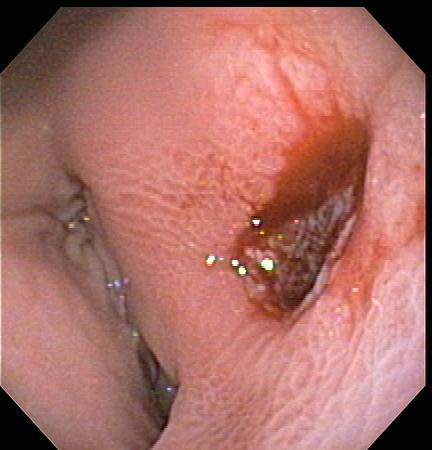
Post magnet removal creating an ulcer in posterior wall of the antrum in stomach
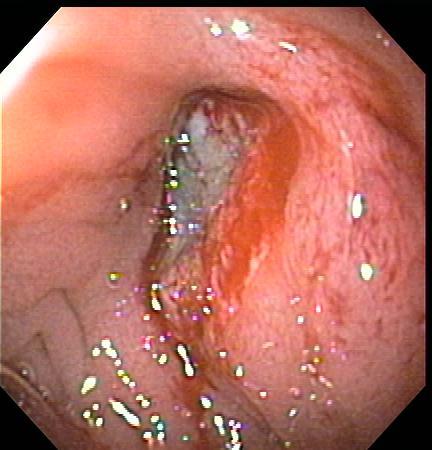
post magnet removal creating an ulcer in posterior wall of the antrum in stomach
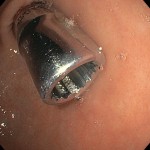
swallowed socket in the stomach
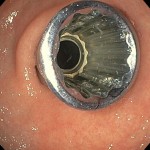
view 2 of socket in stomach
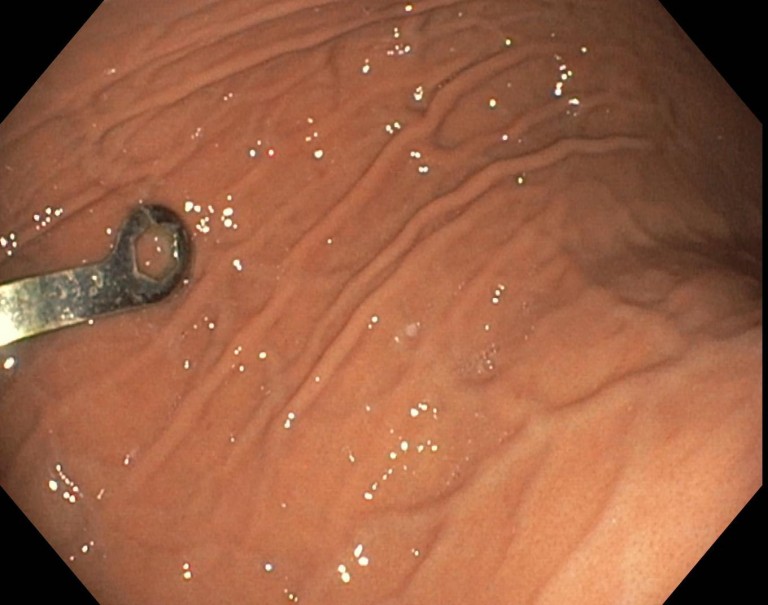
Foreign body: Wrench in stomach
